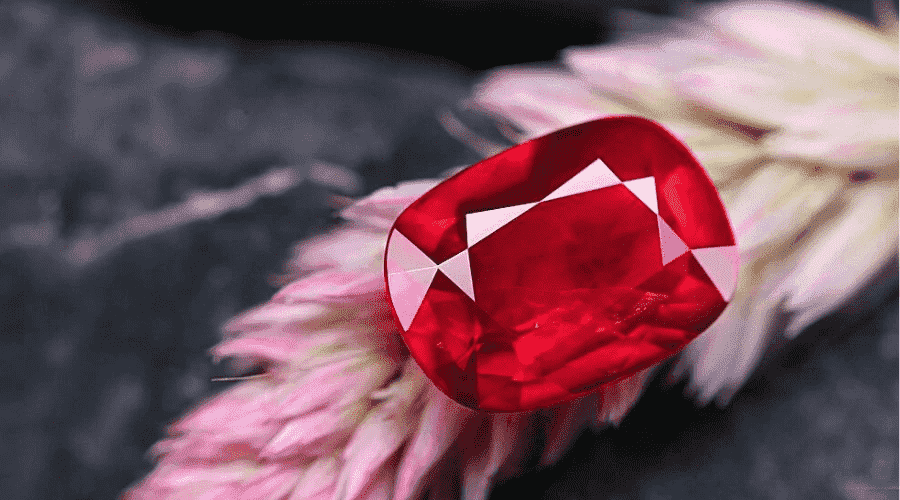The zodiac is a belt-shaped region in the sky extending about 8° north and south of the ecliptic, the Sun’s apparent path across the celestial sphere over the year. This belt includes the Moon and the brightest planets in their orbital planes. The zodiac is divided into 12 equal parts, each covering 30° of celestial longitude, and these parts correspond to the constellations Aries, Taurus, Gemini, Cancer, Leo, Virgo, Libra, Scorpio, Sagittarius, Capricorn, Aquarius, and Pisces. Historically, these signs have been used to mark times of the year, with each sign associated with specific days when the Sun is in that part of the sky. In Western astrology and former astronomy, these signs are linked to various attributes.
The zodiacal system, with its 360° angular measurement, originated in Babylonian astronomy during the 1st millennium BC and was later incorporated into Greek astronomy and the Hindu zodiac by the 2nd century BC. Due to the precession of the equinoxes, the period the Sun spends in each constellation has shifted since Babylonian times, moving the March equinox point from Aries to Pisces. The zodiac forms a celestial coordinate system, specifically an ecliptic coordinate system, with the ecliptic as the latitude origin and the Sun’s position at the vernal equinox as the longitude origin. Modern astronomy still uses this system to track objects within the Solar System.
Discover the Magic of Birthstones: A Timeless Tradition in Jewelry
At first glance, the idea of birthstones and zodiac stones might seem like a clever marketing tactic designed to entice you into buying gems tied to your birth month or zodiac sign. For those who don’t subscribe to astrology or the mystical powers of crystals, birthstones might appear to be pure myth. However, these gemstones can make wonderfully thoughtful gifts for anyone in your life, from moms and daughters to nieces—and even as stylish cufflinks for men who prefer understated jewelry! Choosing a gemstone based on birth month or zodiac sign adds a personal touch, showing that you’ve put extra thought into your gift.
The Origin of Birthstones: A Journey Through History
Let’s delve into the fascinating origins of modern birthstones. Many gem scholars trace the concept back to the Bible, specifically to the Breastplate of Aaron. Aaron, Moses’ brother and the first High Priest of the Israelites, wore a ceremonial garment adorned with twelve distinct gemstones representing the twelve tribes of Israel. These stones, each made from a specific mineral and inscribed with a tribe’s name, are described in the Book of Exodus. Due to the passage of time and numerous translations, the exact identification of these stones remains debated, with many scholars suggesting they translate to today’s Carnelian, Peridot, Emerald, Garnet, Lapis Lazuli, Quartz, Yellow Zircon, Banded Agate, Amethyst, Citrine, Onyx, and Green Jasper.
Evolution of Birthstones: From Breastplate to Modern Jewelry
The connection between the twelve stones of Aaron’s Breastplate and the twelve months of the year led to the birthstone tradition we know today. In the 5th century, St. Jerome suggested using the twelve gemstones mentioned in Revelation to represent each month. By the 17th century, the custom of wearing the gemstone attributed to one’s birth month year-round became popular, evolving into the modern birthstone tradition. Today, birthstone lists vary globally, reflecting cultural differences and historical changes.
What Are the Birthstones for Each Month?
Traditional birthstone lists often merge historical choices with modern preferences, offering a rich variety of options. Explore our detailed blogs for more information on popular birthstones:
- Pearl: All About Gemstones: Pearl
- Ruby: All About Gemstones: RUBY
- Diamond: All About Gemstones: DIAMOND
- Zircon: All About Gemstones: ZIRCON
- Sapphire: All About Gemstones: Sapphires
- Emerald: All About Gemstones: Emeralds
- Tourmaline: All About Gemstones: Tourmaline
- Aquamarine: All About Gemstones: Aquamarines
- Peridot: All About Gemstones: Peridot
- Topaz: All About Gemstones: Topaz
- Citrine: All About Gemstones: Citrine
- Amethyst: All About Gemstones: Amethyst
- Garnet: All About Gemstones: Garnet
- Alexandrite: Alexandrite – The Rare Colour Change Gemstone
- Agate: All About Gemstones: Agate
These lists ensure you can find a gemstone that suits your style and taste, even if you don’t favor the one traditionally associated with your birth month.
The Meaning Behind Your Birthstone: Myth, Legend & History
Each birthstone carries its own rich history and unique properties:
- January: Faith, Eternity, and Truth
- February: Honesty, Wisdom, and Calmness
- March: Happiness and Understanding
- April: Eternity, Courage, and Health
- May: Fidelity, Goodness, and Love
- June: Peace, Nobility, and Beauty
- July: Love, Enthusiasm, and Strength
- August: Success, Peace, and Love
- September: Serenity and Truth
- October: Purity, Hope, and Health
- November: Wisdom, Courage, and Sincerity
- December: Love, Happiness, and Luck
Zodiac Stones: A Different Perspective
While birthstones are linked to calendar months, zodiac stones are associated with astrological signs. Each zodiac sign has specific gemstones, believed to possess healing and clarifying properties. Although traditions vary, these stones provide another meaningful way to select jewelry:
- Aquarius: Garnet
- Pisces: Amethyst
- Aries: Bloodstone
- Taurus: Sapphire
- Gemini: Agate
- Cancer: Emerald
- Leo: Onyx
- Virgo: Carnelian
- Libra: Peridot
- Scorpio: Beryl
- Sagittarius: Citrine
- Capricorn: Ruby
For a deeper dive into zodiac gemstones, check out our Gems Blog.
Which Gemstone is Right for You?
Choosing between birthstones and zodiac stones ultimately comes down to personal preference. Whether you prefer the traditional gem of your birth month or a stone aligned with your zodiac sign, there are no rules—only what brings you joy and resonates with you. With various lists and interpretations, you’re sure to find the perfect gemstone that fits your style and sentiment.
Whichever gems you choose, make sure they bring you happiness and a sense of connection. After all, the true beauty of gemstones lies in the joy and meaning they bring to our lives.


